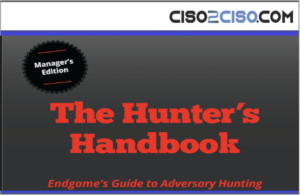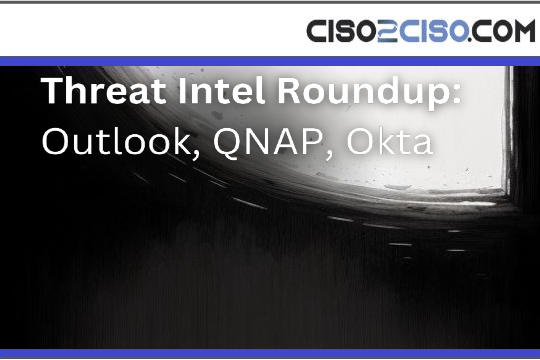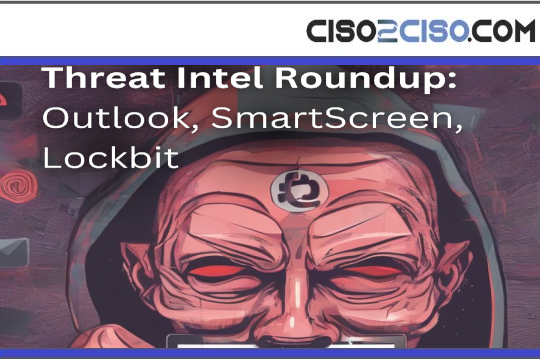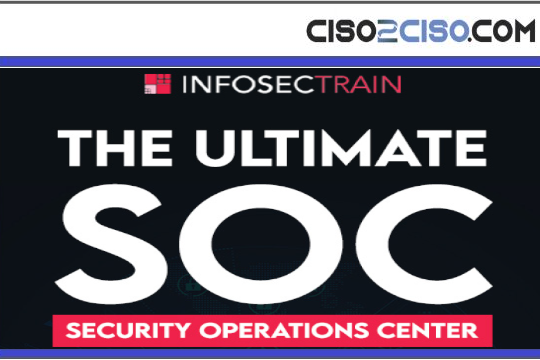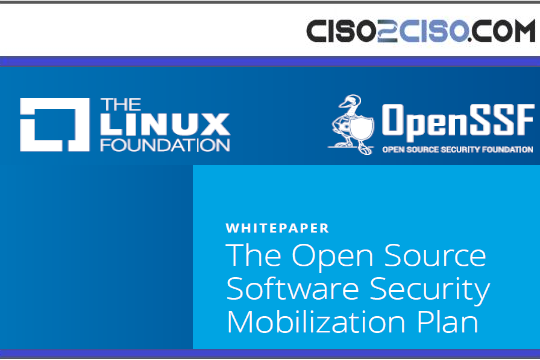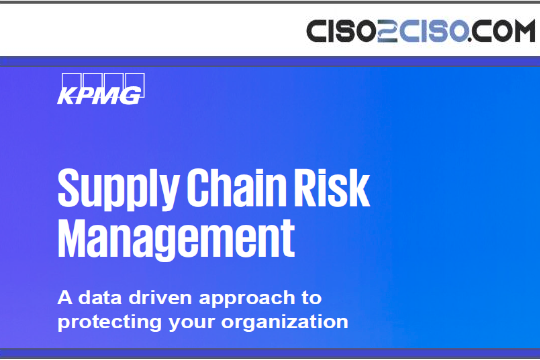Source: www.darkreading.com – Author: Karen Spiegelman, Features Editor
RSA CONFERENCE 2023 – San Francisco – CEO Chris Sestito started his three-minute pitch at Innovation Sandbox on Monday, April 25, with a deepfake video of himself telling the judges not to vote for HiddenLayer, the company he co-founded. Not only did the judges not accede to his request, they crowned the AI security startup as the “Most Innovative Startup 2023” at this year’s RSA Conference.
HiddenLayer beat out second-place Pangea and eight other finalists in what host Hugh Thompson called “the most competitive contest yet.” One of the judges, Shlomo Kramer, CEO and co-founder of Cato Networks, praised Pangea as addressing the “central category of security” with its block-based application security platform.
But the judges were won over by the importance of securing artificial intelligence. Another judge, Christopher Young, Microsoft’s executive vice-president, called HiddenLayer’s focus area “the problem we’re going to face in the next few years.”
What HiddenLayer Digs Up
That problem is ensuring the health of a company’s AI assets.
AI is being used in mission-critical, even life-or-death situations like autonomous driving and military analysis. However, AI can only learn from the data it is fed, which means attackers can feed it purposely bad data to get the AI to behave in an unexpected, unwanted manner. And once that training data pool has been poisoned, it’s difficult or impossible to scrub — just ask Microsoft, which had to pull the plug on its chatbot Tay when some Twitter users purposely fed it objectionable content.
To guard against insidious techniques such as data poisoning and adversarial transferability, HiddenLayer relies on AI to protect AI. It employs machine learning to monitor an ML system’s inputs and outputs in order to discern anomalies that suggest adversarial attacks. Sestito called the approach “MLDR” — endpoint detection and response, but for machine learning.
Judging the Top Competitors
The competition’s judging criteria is as follows: the problem a company sets out to solve, the originality of the solution, the strength of its team, and whether the approach has been validated by the market (that is, is the company making money?).
The judges were almost all veterans of the contest: Kramer and Young both served last year, as did Niloofar Razi Howe, senior operating partner at Energy Impact Partners, and Paul Kocher, independent researcher and founder of Cryptography Research. New this year was Barmak Meftah, co-founder and general partner at Ballistic Ventures.
The 10 finalists this year (in reverse alphabetical order): Zama, Valence Security, SafeBase, Relyance AI, Pangea, HiddenLayer, Endor Labs, Dazz, Astrix Security, and AnChain.AI.
Pangea CEO and founder Oliver Friedrichs faced some pointed questions. Kocher flat-out asked Friedrichs, “Can your team execute?”
Kocher, who Thompson calls “the Simon Cowell of Innovation Sandbox,” asked AnChain.AI CEO and co-founder Victor Fang whether his company’s focus on blockchain defense was betting on Web3 succeeding or being an “endless series of disasters.”
Endor Labs CEO and co-founder Varun Badhwar earned laughs when he compared the use of open source in enterprise with his surprise twins: in both cases, you have more than you think you do, but at least his twins, unlike open source code, “weren’t conceived by strangers on the Internet.”
Original Post URL: https://www.darkreading.com/dr-tech/hiddenlayer-nabs-most-innovative-startup-crown-rsac
Category & Tags: –

























